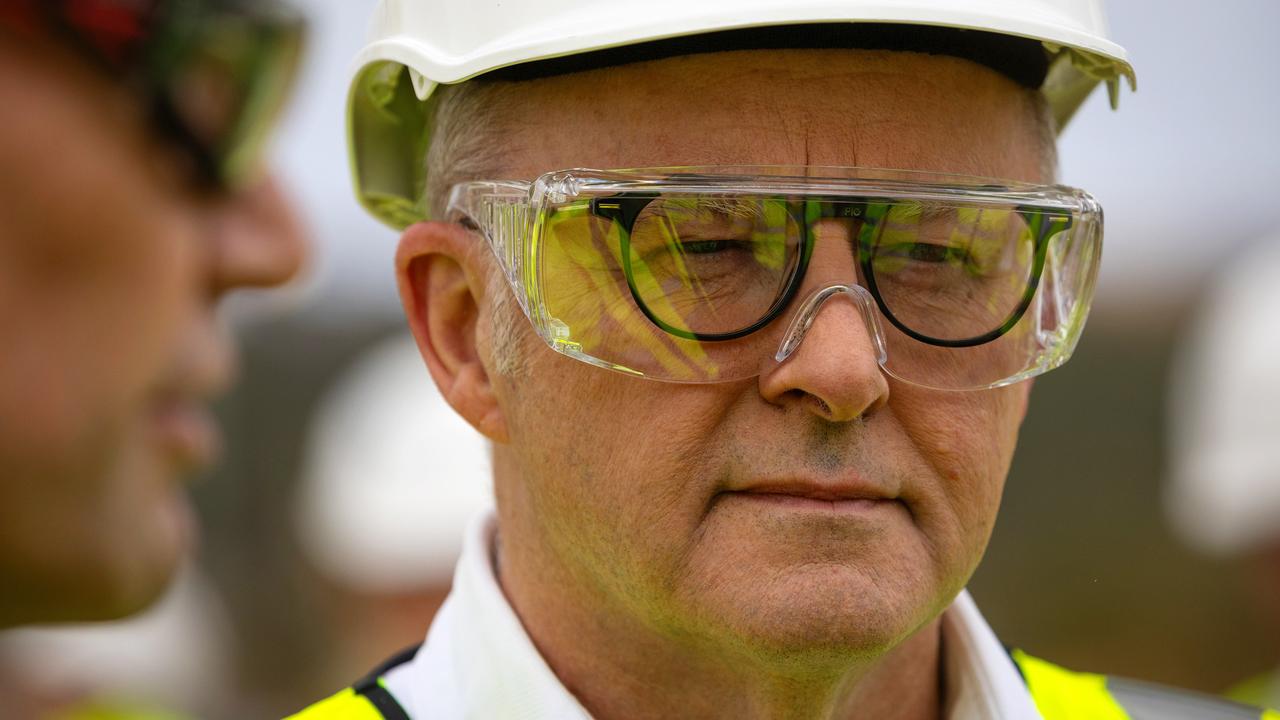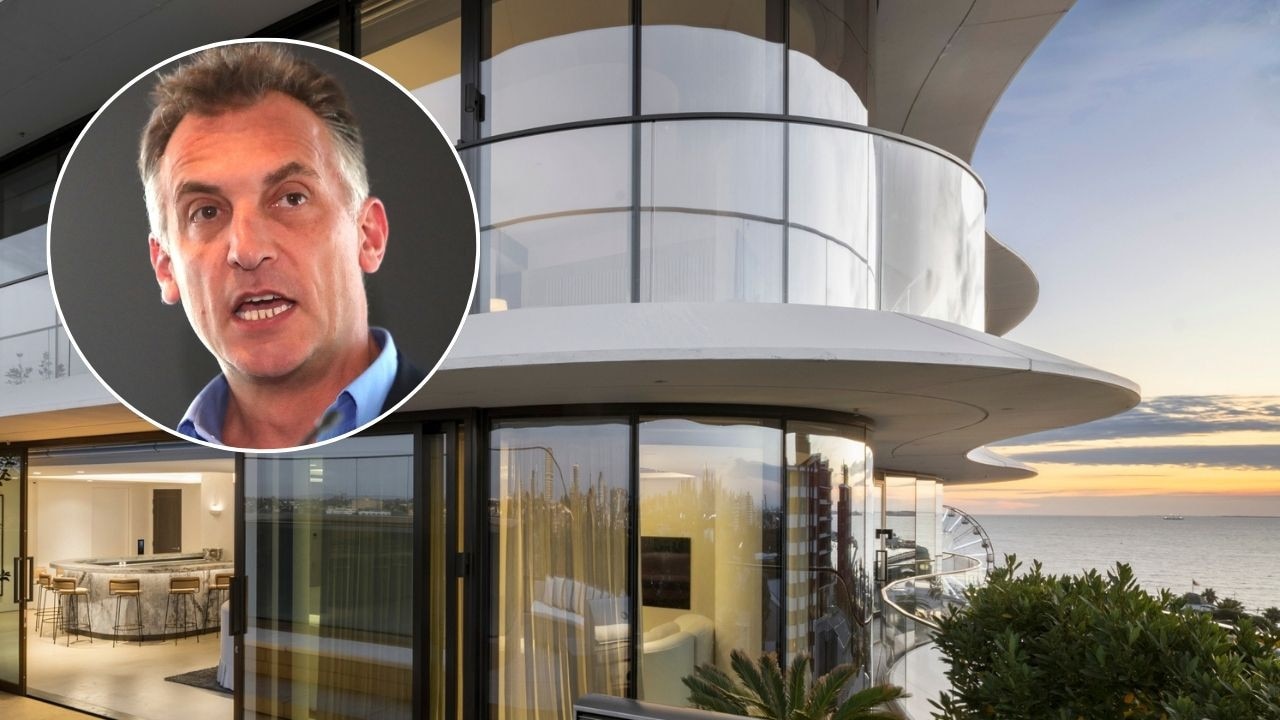NSW’s Mt Arthur coalmine to remain open until 2030 as BHP flags plans for hydro project
The future of 2000 workers is under the spotlight with BHP set to close NSW’s largest coalmine in 2030, amid demands for the Albanese government to step in to safeguard the Hunter Valley region.
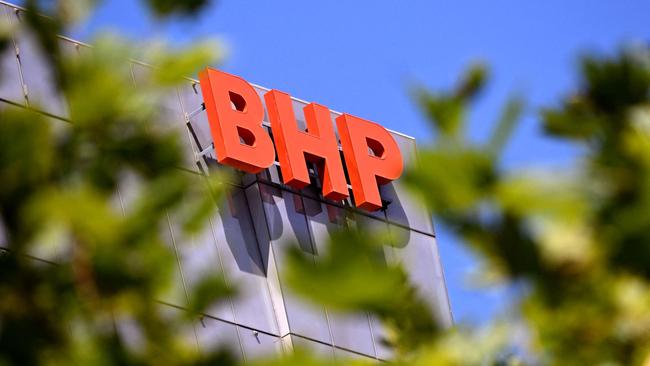
Business
Don't miss out on the headlines from Business. Followed categories will be added to My News.
A decision by BHP to close NSW’s largest coalmine in 2030 has put the future of its 2000 workers under the spotlight amid demands for the Albanese government to step in and safeguard the state’s coal-rich Hunter Valley region.
BHP won NSW government planning approval for the Mt Arthur thermal coalmine to remain open for a further four years until 2030. After closure, part of the sprawling site may be repurposed into a pumped-hydro project as the resources giant tests the waters to redevelop the facility to meet both local employment and community needs.
BHP said a $30m community fund would be delivered through a shared decision-making model with the community, with a focus on prioritising job creation, industry diversification and economic empowerment.
Talks are already under way with BHP workers over their future with the potential to remain on site or consider redeployment, retraining or redundancy all on the table as options.
While local politicians including Muswellbrook mayor Jeff Drayton have been supportive of BHP’s transparency in closing the mine at the end of this decade, concern remains over how many workers will be needed once a reimagined Mt Arthur facility takes shape beyond 2030.
The federal government must now deliver new commitments to the region to reflect the structural changes under which a string of major coalmines in the regions will close across the medium term, Mr Drayton said.
“What we need is the government, particularly the federal government, at the moment with the election, to come to the table with real commitments to secure the future of Muswellbrook and the Hunter. Government, industry and the private sector all have critical roles to play,” Mr Drayton said in a statement.
The Albanese government in September approved the extension of three coalmines in the Hunter Valley in a move that would expand employment opportunities in the region but inflamed tensions with environmental groups. The Hunter Valley’s Liddell is also the proposed site of one of the Coalition’s seven nuclear power plants.
Modelling from Nationals-linked think tank Page Research Centre claims the transition of a coal power plant to nuclear could inject up to $26bn into the local economy and create 13,000 jobs during the construction phase.
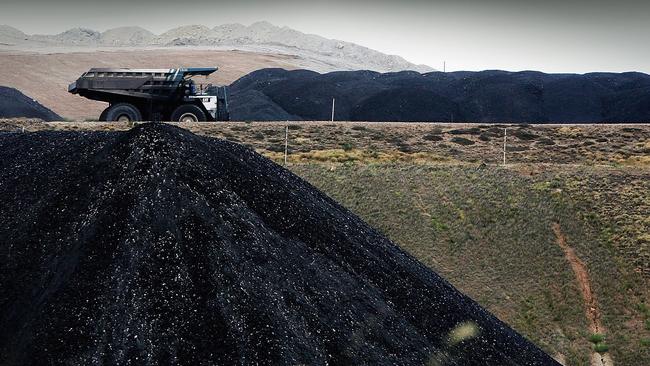
Opposition energy spokesman Ted O’Brien said the modelling showed nuclear energy was Australia’s “next big jobs opportunity as we’ve seen around the world”.
BHP on Wednesday appointed Acciona to develop an initial feasibility study for the pumped-hydro development, saying it could provide daily power for up to 500,000 homes across NSW and deliver 1000 construction jobs within the Upper Hunter Valley.
The Mt Arthur mine spans 70sq km and is 18km long at its coalface. BHP also vows to explore alternative land uses for the site amid fears over job cuts once the mine shuts down.
“The community have told us they want to see Mt Arthur repurposed when mining ends. This study will examine the role pumped hydro at the Mt Arthur site could play in the region’s future,” BHP president Australia Geraldine Slattery said.
“BHP is committed to leaving a positive legacy in the Hunter Valley. With our approval to keep mining to 2030 and with a $30m fund, we’re recommitting to giving the community and our people the certainty and the support they need for the future.”
Still, community advocates in the Hunter Valley said they needed more detail on rehabilitation plans.
“BHP’s Mt Arthur is the first cab off the rank for major coal closures in the region – it will set the standard for rehabilitation in the Hunter, with more mines expected to close in coming years,” Hunter Renewal spokesman Steve Phillips said.
“It is essential for the Hunter that the Mt Arthur closure is done right, with the interests of local communities and the environment prioritised, and rehabilitation obligations enforced.”
Mines are increasingly being touted as optimal sites for pumped hydro, with water being able to be pumped between reservoirs at different elevations through the existing footprint of the site. Mt Arthur has been running since the 1960s and, although other players in the industry have suggested more coal could be extracted from the site, BHP has opted to wind down the mine as it nears the end of its economic life rather than sell it off to smaller players.
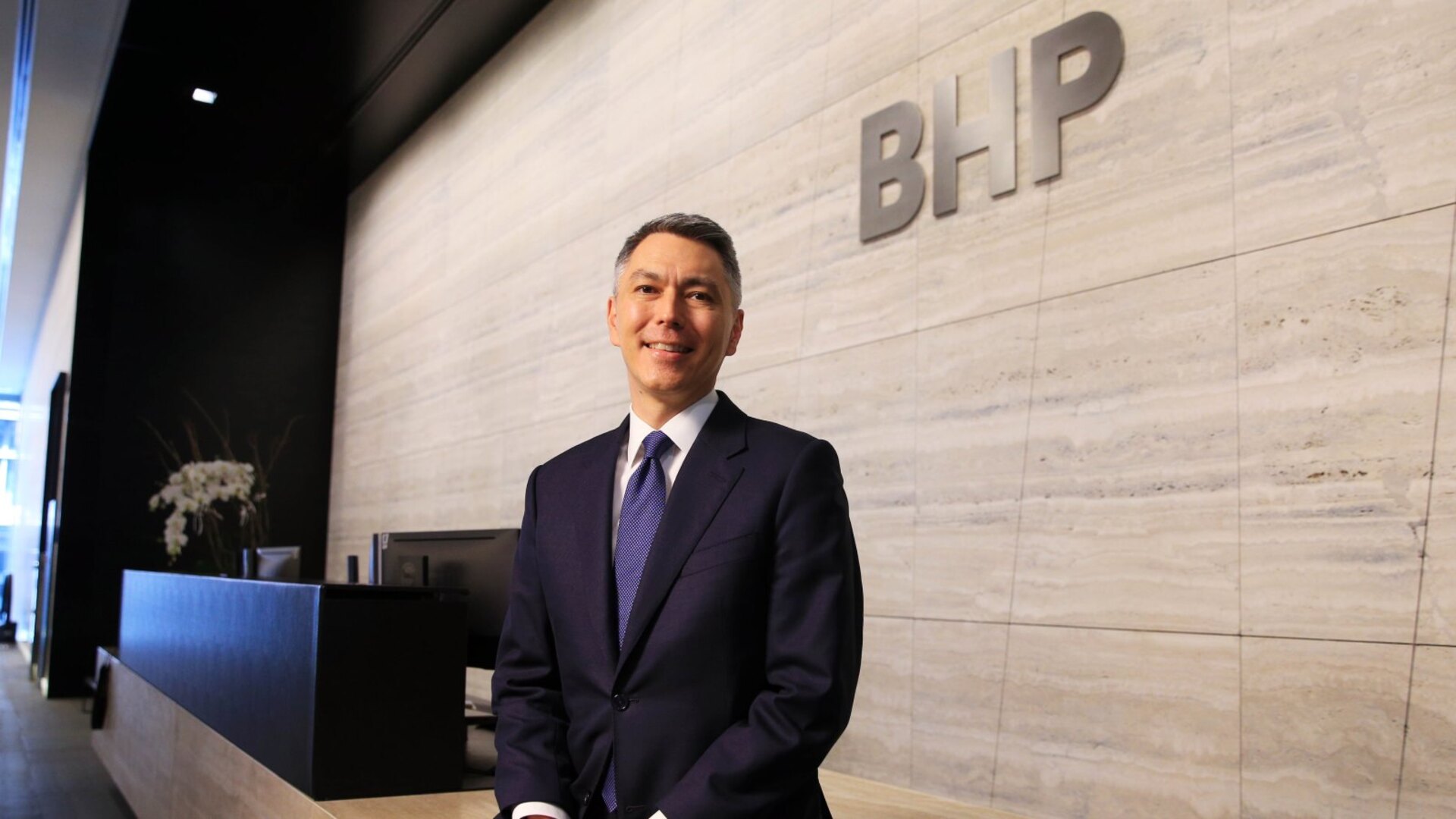
BHP first announced the end-of-decade timeline in 2022, saying the eight-year window to wind down Mt Arthur would deliver certainty to its workers at the mine and to Hunter Valley communities that currently relied on coalmining.
Two years ago BHP threatened to bring forward the closure of Mt Arthur by four years in protest against the state’s plans to establish a controversial domestic coal reservation.
The world’s largest miner had previously put Mt Arthur up for sale but a hefty rehabilitation price tag dampened buyer interest. The major sticking point on a trade sale of the mine – which has become increasingly marginal as it ages – was believed to have been the $US700m ($1.1bn) price tag for rehabilitating the site when the coal site is finally closed.
Acciona will spend the next year carrying out due diligence on converting part of the Mt Arthur site into a pumped-hydro scheme.
The Spanish renewable player has 600 megawatts of operating assets in Australia, with another 1.3 gigawatts currently being commissioned, and more than 14GW of operating electricity generation worldwide.
The miner this week cut ties with contractors involved in rehabilitation work on three of its coalmines in Queensland after a review that coincided with a separate corruption investigation.
BMA, Australia’s largest producer and supplier of seaborne metallurgical coal, is looking to cut costs and to get greater value for money from contractors as it grapples with weaker coal prices and pays an effective tax rate of 60 per cent in Queensland.
The BHP-Mitsubishi joint venture is required to progressively rehabilitate land while mining under the terms of a Progressive Rehabilitation Closure Plan required in Queensland.
More Coverage
Originally published as NSW’s Mt Arthur coalmine to remain open until 2030 as BHP flags plans for hydro project




